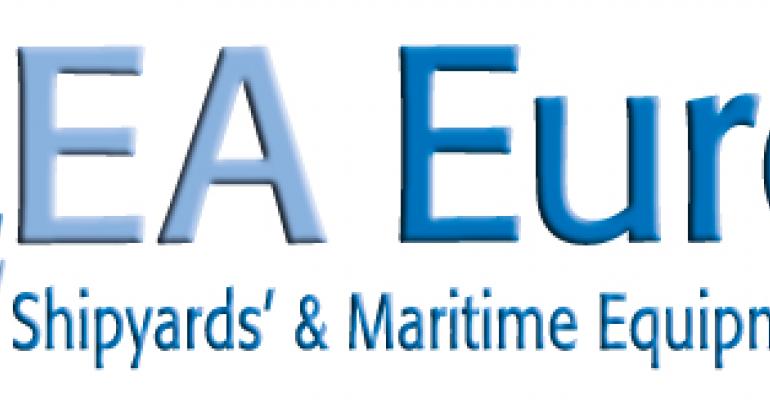Horizon Europe is the European Commission’s ambitious €100bn research and innovation program for 2021-2027, proposed to succeed Horizon 2020.
If shipping were a country, it would rank sixth in GHG emissions
According to SEA Europe, in 2018, 134m tons of CO2 or 13% of the total EU transport emissions were emitted by ships visiting European ports. On a global scale, shipping counts for 2% to 3% of total greenhouse gas emissions. If shipping were a country, it would be the sixth biggest GHG emitter in the world. If no actions are taken, emissions from ships are expected to increase even further, up to 250% by 2050.
In comparison, direct emissions from aviation account for about 3% of the EU’s total greenhouse gas emissions and more than 2% of global emissions. If global aviation were a country, it would rank in the top 10 emitters.
Going beyond IMO's target
Confronted with this major societal challenge, the European waterborne transport sector is committed to transform waterborne transport, both shipping and inland navigation, into a zero-emission mode of transport, from 2030 onward. By 2030, the sector aims to build zero-emission shortsea ships and inland barges, while by 2050, it aims to make any ship types operating in any ship trades zero-emission.
With this ambition, the European waterborne transport sector actually goes beyond the IMO’s initial strategy on greenhouse gas emissions from ships since that merely aims at reducing the total annual GHG emissions from international shipping by at least 50% by 2050 compared to 2008.
In addition, this ambition is fully in line with the European Commission’s long-term strategy for a climate neutral society by 2050 (Communication ‘A Clean Planet for All’) and the European Green Deal of Commission President von der Leyen.
Significant investments needed soon
To implement its zero-emission ambition, the waterborne sector in Europe will need to make significant investments in research, development and innovation. These investments will need to be made in the coming five to 10 years, taking into account that the average lifetime of ships is at least 20 years.
‘The only suitable way to accelerate the European waterborne transport sector in its ambition to deliver on zero-emission waterborne transport is to grant the sector a co-programmed partnership in the framework of Horizon Europe,’ SEA Europe Secretary General Christophe Tytgat said.
‘Partnerships within other sectors such as “Clean Skies 2,” “Shift to Rail” or “European Green Vehicles Initiative” have certainly provided this leverage,’ he continued. ‘This is even more important for waterborne transport where we can see potential solutions, but as a diverse sector employing unique and diverse technologies, it is essential to focus our R&I efforts if we are to achieve the vision of zero-emission ships within 10 years.’
‘Fully committed’
Tytgat acknowledged the waterborne transport sector has often been criticized for backtracking on environmental issues or not being ambitious enough. ‘However, today SEA Europe, together with the Waterborne Technology Platform, is fully committed to transform waterborne transport into a zero-emission mode of transport and thereby to go beyond existing international obligations.’
He called it of ‘utmost importance that the European Commission and member states grant a partnership for zero-emission waterborne transport in the framework of Horizon Europe, particularly at a time that climate change is so high on the political agenda, that youngsters are protesting in the streets and that the sector itself is willing and committed to deliver.’
Tytgat added that partnership will ensure European coherence in the transition to zero-emission waterborne transport because of the key role member states play in policies and regulations for the maritime and inland waterway transport sector.
Co-programmed partnership a 'must'
A co-programmed partnership is a ‘must,’ not only to deliver on climate and environmental ambitions but also to boost Europe’s global maritime competitiveness and innovative leadership, Tytgat argued.
SEA Europe represents close to 100% of the European shipbuilding industry in 16 nations, encompassing the production, maintenance, repair and conversion of all types of ships and floating structures, commercial as well as naval, including the full supply chain with the various producers of maritime systems, equipment material and services.
Copyright © 2024. All rights reserved. Seatrade, a trading name of Informa Markets (UK) Limited. Add Seatrade Cruise News to your Google News feed.


